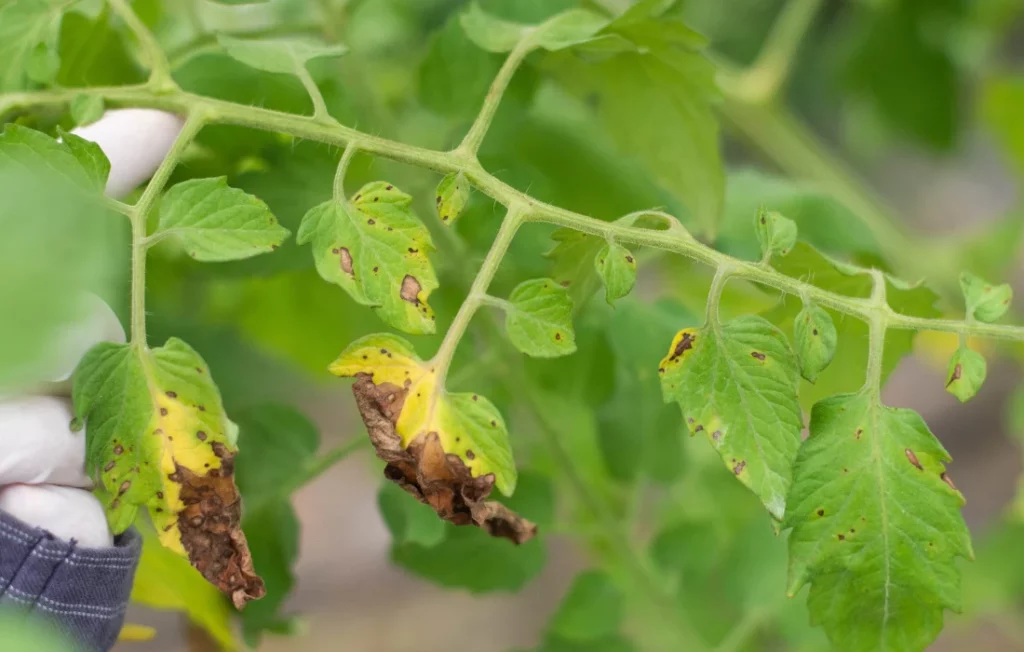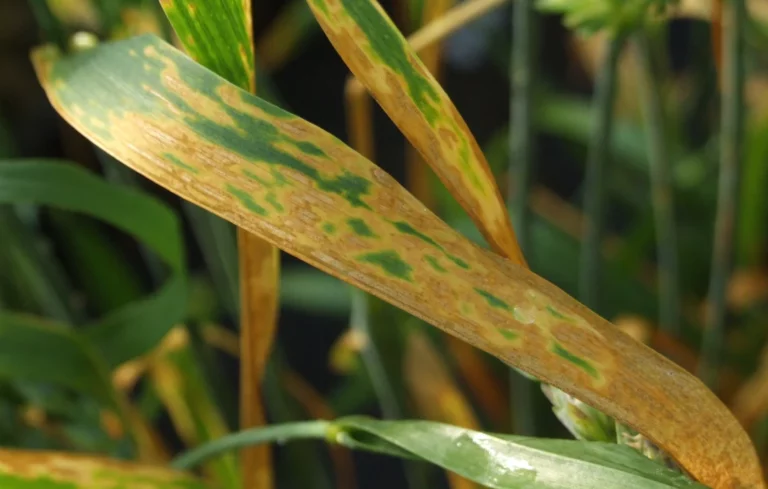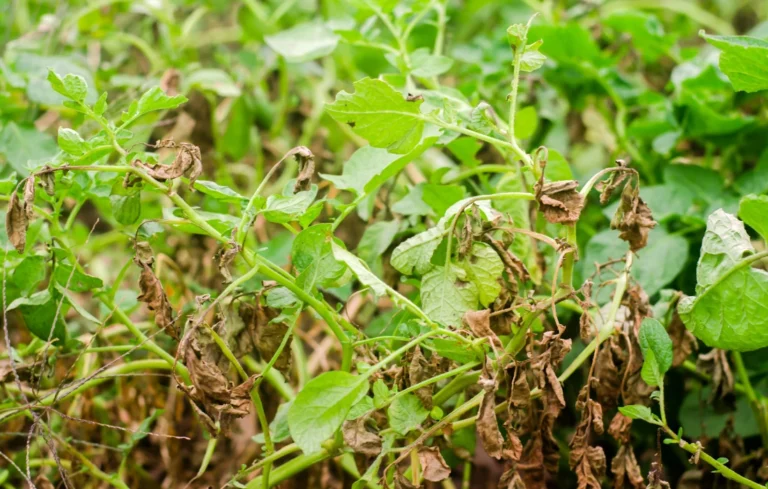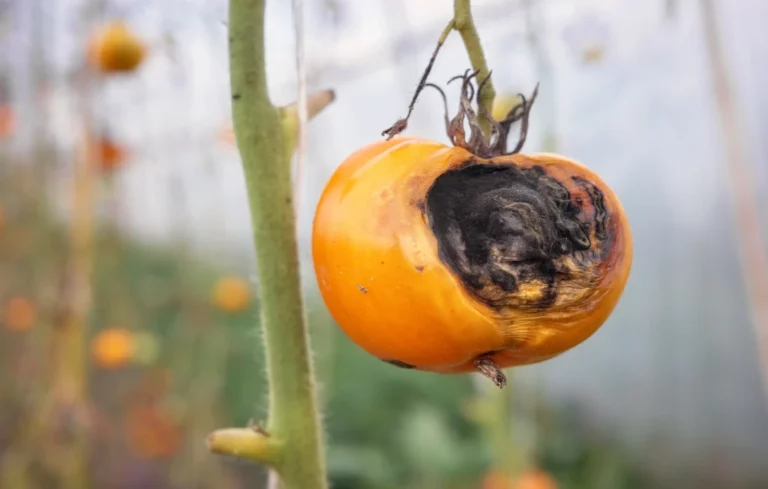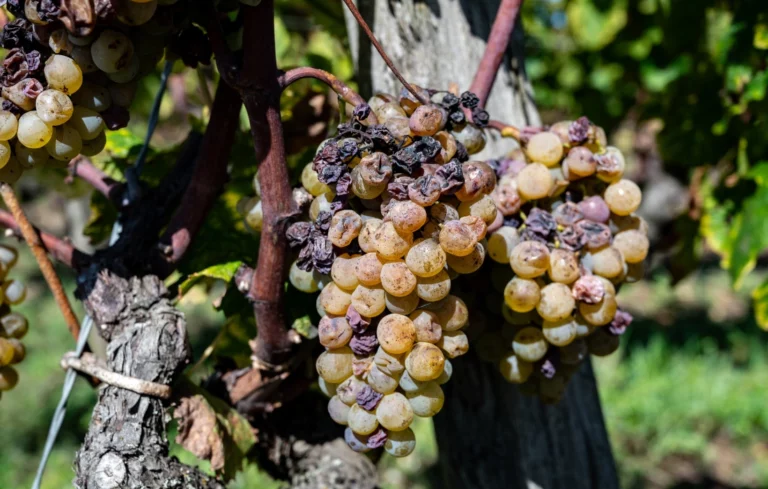Tomato early blight is a real scourge for tomato growers. This fungal disease, well-known to professionals, most often appears in the middle of summer, when heat and humidity combine. It compromises the harvest, affecting the leaves, stems, and fruit. Solutions exist to limit its development, without resorting to chemical treatments, and are fully in line with an agrobiological approach.
What causes early blight in tomatoes?
Tomato early blight is also called alternaria leaf blight . It is caused by the fungus Alternaria solani , a dangerous pathogen belonging to the Pleosporaceae family.
This microorganism mainly targets plants in the Solanaceae family: tomatoes, potatoes, peppers, eggplants . It attacks several organs, from leaves to fruit, including petioles, stems, and even seeds.
Present in both temperate and tropical regions, the disease occurs mainly in open fields, and more rarely in greenhouses.
The susceptible period extends from April to October . The fungus is spread by wind, rain splashes, dew, but also by insects, birds and contaminated seeds. These vectors contribute to the rapid spread of the pathogen from one plant to another, or even from one field to another, making disease management particularly difficult when the conditions are right.
Conditions favorable to the development of the disease
Le développement de Alternaria solani est intimement lié aux conditions climatiques. Il prospère lorsque les températures oscillent entre 18 et 25 °C, et que l’humidité ambiante reste élevée. Les périodes de pluie légère, les rosées matinales récurrentes et les temps humides prolongés constituent un terreau propice à la prolifération du champignon. Dans ces conditions, la maladie peut évoluer de manière fulgurante, provoquant une contamination massive en quelques jours seulement.
Ce caractère explosif du développement rend indispensable une observation attentive des cultures, en particulier à l’approche de l’été. Une fois les premières taches détectées, la progression peut être rapide, affectant rapidement la majorité des plants si rien n’est mis en œuvre pour contenir le foyer.
Do you need a natural solution against early blight in tomatoes?
Biological cycle and conservation of Alternaria solani
Alternaria solani is an organism capable of surviving for several months , or even more than a year, in the absence of host plants. During the winter, it survives in the form of spores on crop residues, in contaminated seeds or directly on the soil surface. In spring, when temperatures rise and humidity becomes sufficient, the conidia (reproductive spores) emerge and are dispersed by the wind or irrigation water.
These spores enter plant tissues via the cuticle , stomata, or pre-existing wounds. Infection is rapid: the first symptoms appear between five and seven days after initial contamination. This cycle, which combines winter persistence and dispersal capacity, explains the frequency and recurrence of alternaria in certain plots, particularly when crop rotations are short or absent.
Symptoms of early blight in tomatoes
The signs of Alternaria vary depending on the organs affected, but follow a characteristic pattern. On the leaves, black spots 4 to 7 mm in diameter appear, surrounded by concentric circles , forming a typical target. These spots spread, become irregular or angular where they touch the veins, and are often surrounded by a yellow halo . They eventually lead to premature leaf fall, drastically reducing the photosynthetic surface.
On young plants, cankers can form at the root collar, sometimes causing the death of the seedling. The stems also show dark, rounded or elongated lesions with concentric rings. The fruits are not spared: black, sunken spots, 1 to 2 cm in size, frequently appear at the base of the calyx. These lesions encourage the entry of other pathogens, causing secondary rot . Affected tomatoes drop early, compromising a significant part of the harvest.
Agrobiotop natural solutions against tomato early blight
Improvement of soil structure for better dispersion of water on the ground after rain or watering
Against Alternaria:
- BENTOBIO : High absorbency helps prevent and eradicate spore proliferation (1 to 2 kg / 100 to 200 liters of water/hectare)
- CHITOPROTECT (1 liter /100 liters of water/hectare)
The combination of CHITOPROTECT + BENTOBIO is a winning combo: 1 liter of CHITOPROTECT + 1 kg of BENTOBIO / 100 liters of water / hectare
- YAKAPRO biostimulant : it is the first line of defense against diseases (5 to 10 liters/100 liters of water/hectare). Mixes with other biocontrol or synthetic solutions
Preventing early blight in tomatoes
The fight against Alternaria is primarily based on prevention, particularly through cultural practices. A well-thought-out crop rotation, with an interval of at least three years between two Solanaceae plantings, can significantly reduce fungal pressure. Choosing certified, healthy seeds limits the risk of introducing the pathogen into plots.
The systematic removal of crop residues is also a powerful lever for lowering the inoculant load in the soil. Proper spacing management between plants promotes air circulation, which reduces moisture on the foliage, which is unfavorable to fungal growth. Finally, irrigation methods play a key role: sprinkling should be avoided in favor of localized watering at the base of the plants, so as not to unnecessarily moisten the leaves.
Regular foliage monitoring is strongly recommended. As soon as the first symptoms appear, affected leaves should be removed and destroyed to slow the spread of the fungus and protect healthy plants. These simple actions, integrated into a coherent agrobiological strategy, can sustainably limit the impact of Alternaria leaf spot while preserving the health of soils and crops.
Other crop diseases:
Photo : Shutterstock

